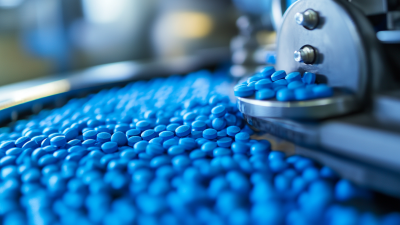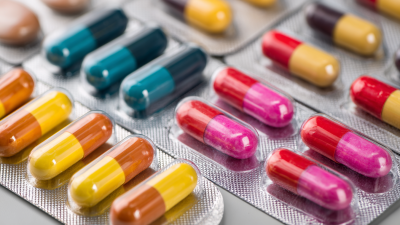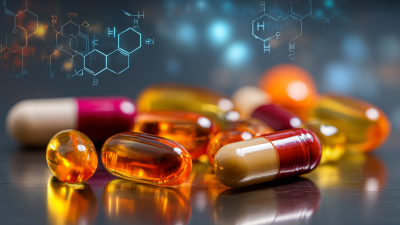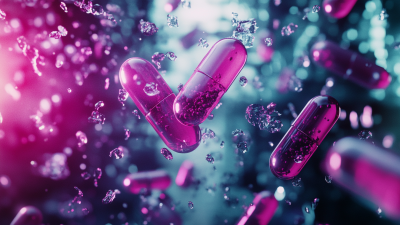In the rapidly evolving field of pharmaceuticals, mastering the art of drug formulation is critical for achieving optimal therapeutic outcomes. According to a report by Grand View Research, the global drug formulation market is expected to reach USD 225.67 billion by 2027, growing at a CAGR of 6.3%. This growth highlights the increasing significance of effective drug formulation in improving bioavailability, stability, and patient compliance. The success of a therapeutic product often hinges on the intricacies of its formulation, as evidenced by a study published in the Journal of Pharmaceutical Sciences, which indicated that approximately 45% of drug candidates fail to progress in the development pipeline due to formulation challenges. As pharmaceutical professionals delve deeper into the complexities of drug formulation, understanding key strategies and methodologies becomes essential for enhancing drug efficacy and ensuring patient safety.
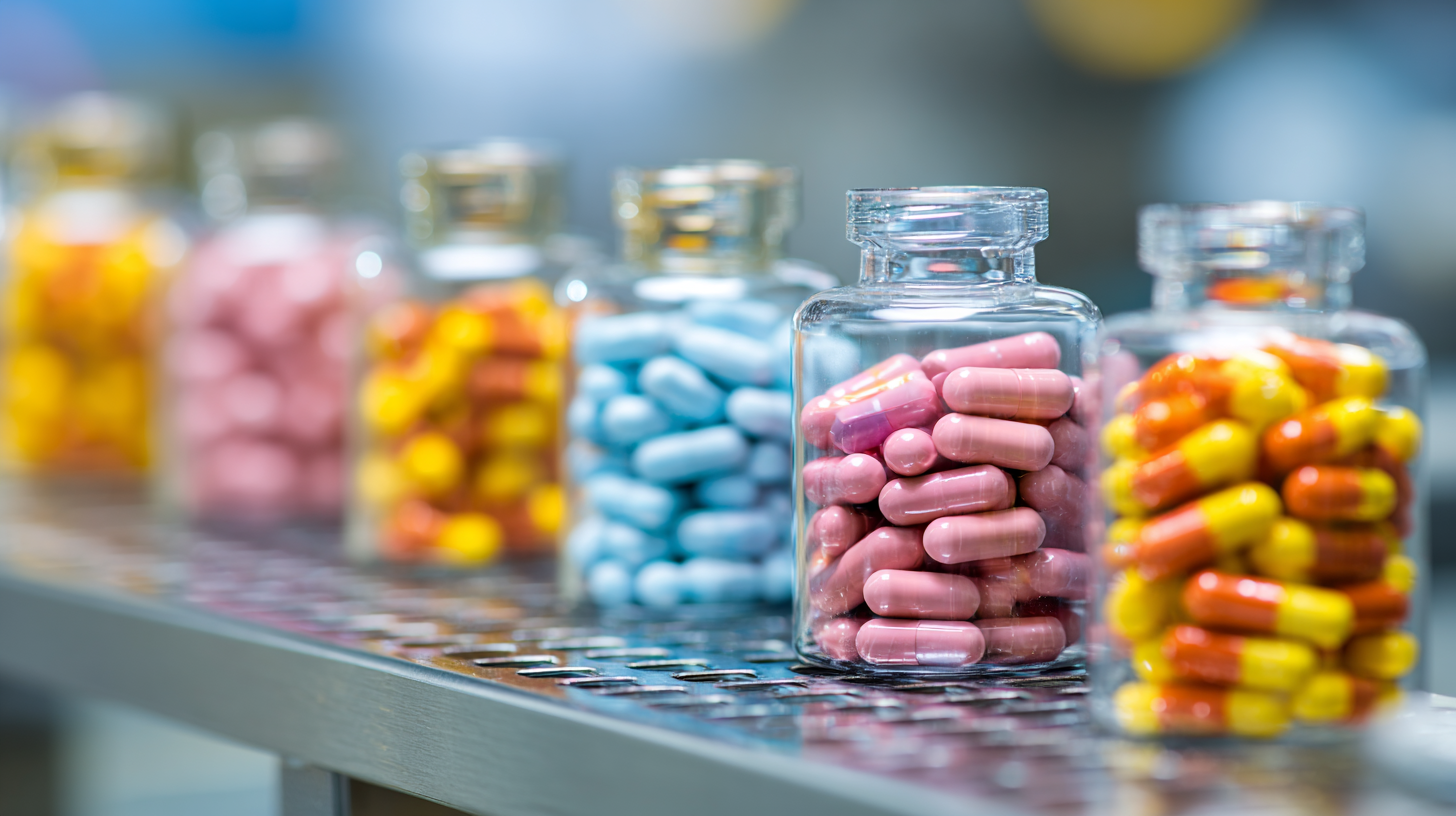
Drug formulation science is a complex field that involves various principles and techniques to create effective pharmaceutical products. Understanding the fundamentals of this science is essential for achieving optimal therapeutic outcomes. Innovative approaches, such as the use of artificial intelligence, are transforming how drug delivery systems are developed. AI enables researchers to analyze vast datasets, predict drug interactions, and optimize formulation strategies, thus streamlining the development processes for more effective medications.
Moreover, the role of excipients in drug formulation cannot be overlooked. Recent studies highlight the versatility of ingredients like vitamins and starch in enhancing drug stability and efficacy. Vitamins are not just active ingredients; they serve functional roles that can improve patient compliance and therapeutic effectiveness. Similarly, starch-based excipients are recognized for their biocompatibility and ability to improve drug delivery via various pharmaceutical formulations. As research continues to advance, these innovative excipients combined with cutting-edge technologies, such as microneedles and hydrogels, pave the way for next-generation drug delivery systems that promise greater specificity and effectiveness in therapeutic applications.
This bar chart illustrates the average impact of various factors on drug formulation effectiveness, measured on a scale from 0 to 100.
The pursuit of optimal therapeutic outcomes in drug formulation hinges significantly on identifying key factors that influence drug efficacy and safety. One of the foremost considerations is the physicochemical properties of the drug. Factors such as solubility, stability, and permeability profoundly affect how a drug is absorbed, distributed, metabolized, and excreted in the body. A thorough understanding of these properties allows formulators to design delivery systems that enhance bioavailability and minimize side effects, ultimately improving patient outcomes.
Another critical aspect is the role of excipients—the inactive substances used alongside the active pharmaceutical ingredient. Excipients can impact the drug's release profile, stability, and patient acceptability. Moreover, understanding patient-specific factors, such as genetic variability, age, gender, and comorbidities, can guide the formulation process to address diverse therapeutic needs. By integrating these considerations, formulators can enhance both the efficacy and safety of drug products, ensuring they meet the therapeutic goals established by clinicians and the expectations of patients.
| Key Factor | Description | Impact on Drug Efficacy | Impact on Drug Safety |
|---|---|---|---|
| Active Ingredient | The primary substance that provides the intended therapeutic effect. | Directly correlates with the therapeutic benefit. | May cause adverse reactions if not properly dosed. |
| Dosage Form | The physical form of the medication (e.g., tablet, capsule, injection). | Influences the speed of absorption and onset of action. | Certain forms may lead to higher risks of toxicity. |
| Excipient Selection | Inactive substances used as a carrier for the active ingredient. | Can enhance stability and absorption of the drug. | May introduce allergic reactions or interfere with efficacy. |
| Manufacturing Process | The method used to produce the drug formulation. | Consistency is crucial for predictable therapeutic outcomes. | Poor practices can lead to contamination and unsafe products. |
| Stability and Storage Conditions | The conditions under which the drug maintains its potency. | Affected medications can lead to reduced therapeutic effects. | Degraded products may become toxic. |
In the pursuit of optimal therapeutic outcomes, advanced techniques in drug delivery systems play a pivotal role in drug formulation. Innovations such as nanoparticles, microneedles, and liposomes have transformed traditional drug delivery methods, enhancing the bioavailability and efficacy of therapeutic agents. These advanced systems allow for targeted delivery, minimizing side effects while maximizing therapeutic impact. For instance, nanoparticles can be engineered to release drugs in response to specific biological triggers, thus providing a more tailored treatment approach.
Furthermore, the integration of smart delivery systems, including hydrogel-based formulations and programmable drug release mechanisms, is revolutionizing patient care. By utilizing stimuli-responsive polymers, drugs can be delivered in a controlled manner, maintaining therapeutic levels in the bloodstream over extended periods. Such techniques not only improve drug stability and solubility but also ensure a more consistent and effective therapeutic response. As research progresses, the synthesis of novel drug delivery systems continues to enhance the art of drug formulation, ultimately leading to improved patient outcomes in various medical conditions.
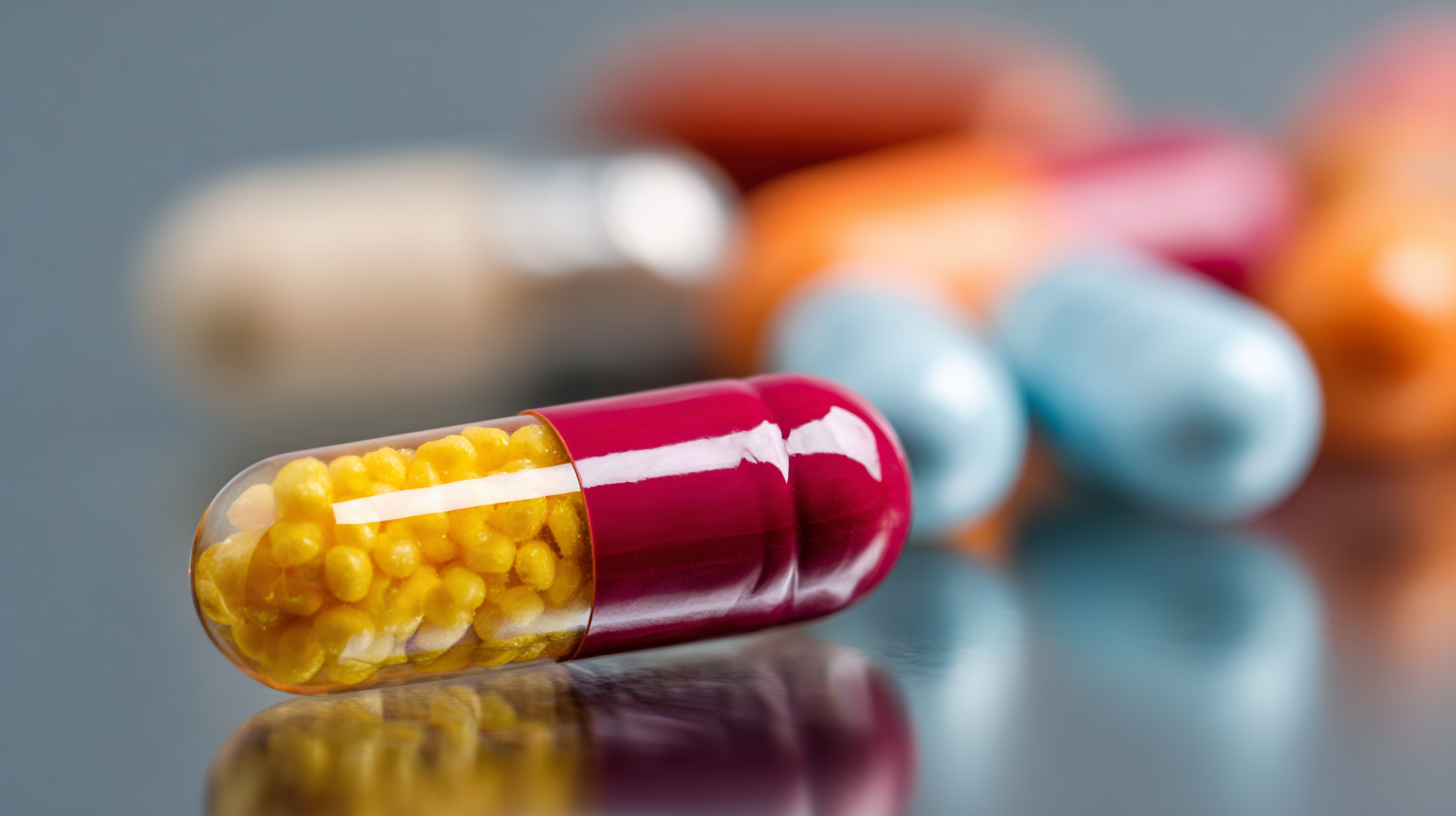
Implementing regulatory guidelines in formulation development is crucial for ensuring the safety, efficacy, and quality of pharmaceuticals. Regulatory bodies, such as the FDA and EMA, provide comprehensive frameworks that guide developers through each phase of the formulation process. Understanding these guidelines is essential for selecting appropriate excipients, designing suitable dosages, and establishing predictable release profiles. Compliance with these regulations not only streamlines the approval process but also minimizes the risk of product recalls and enhances overall patient safety.
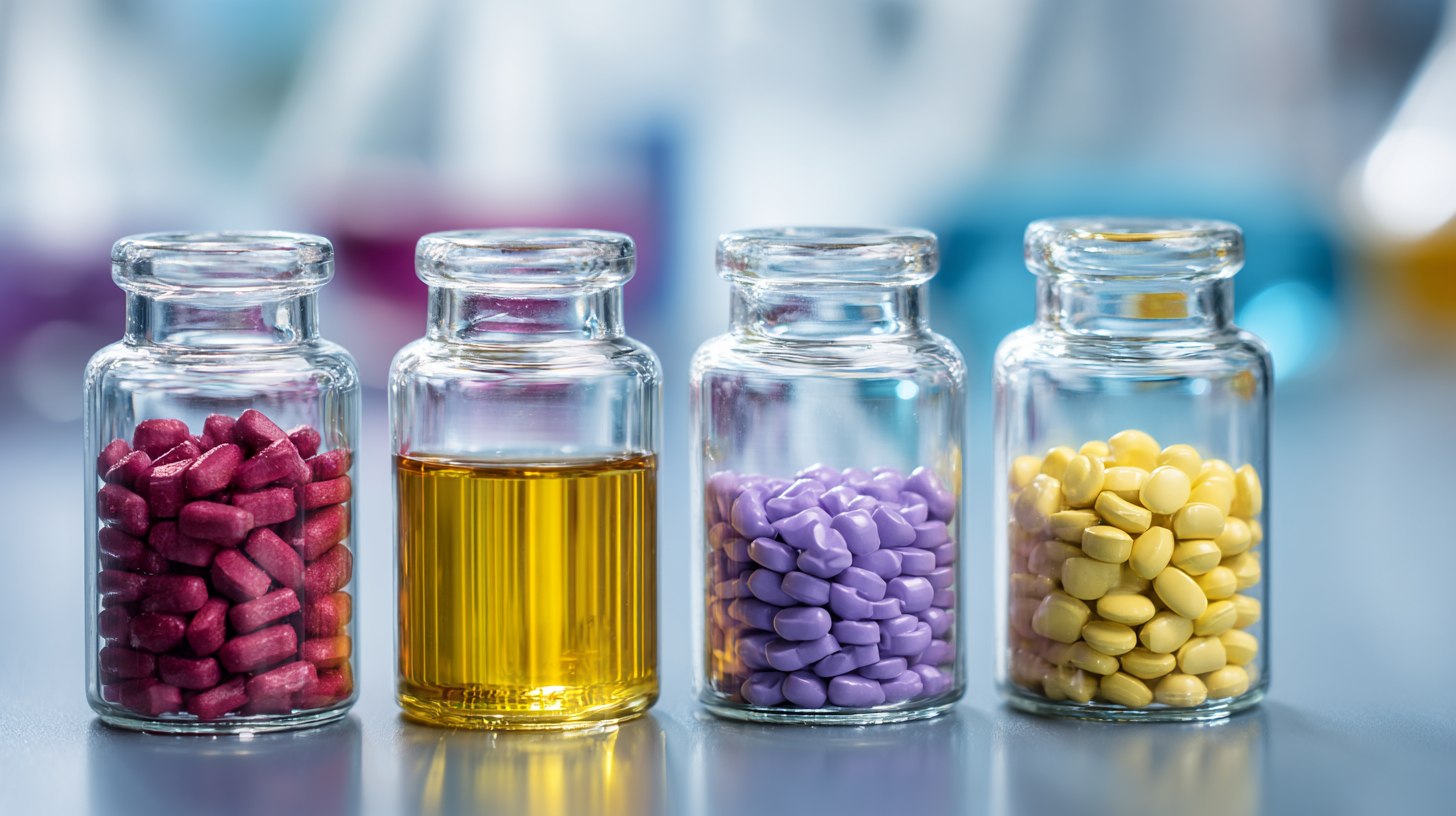
Moreover, integrating these regulatory guidelines into formulation development encourages innovation while maintaining stringent safety standards. Developers must stay abreast of the evolving landscape of regulations, which dictate not just the formulation ingredients but also the methods of testing and validation. By adopting a proactive approach, formulators can anticipate challenges and streamline their development processes, ultimately leading to more effective therapies that meet regulatory expectations. This synergy between innovation and regulation ensures that new drugs can be delivered to market efficiently while upholding the integrity required for patient care.
The formulation of drugs is crucial not just for their efficacy, but also for patient compliance. A well-designed formulation can significantly enhance a patient’s willingness to adhere to a treatment regimen. According to a report by the World Health Organization, non-compliance rates can reach as high as 50% for chronic diseases, which is often due to factors like the complexity of the dosage form or unpleasant side effects. *Optimizing drug formulations can mitigate these issues,* leading to improved therapeutic outcomes.
Tips for enhancing patient compliance include simplifying the dosage form. Liquid formulations, for example, can be easier for pediatric or geriatric populations to administer compared to tablets. Additionally, incorporating taste-masking technologies can improve the palatability of the medication, which plays a vital role in a patient’s willingness to take it. Furthermore, ensuring appropriate release profiles helps maintain therapeutic drug levels, contributing to better overall health outcomes.
Investing in patient-friendly formulations is more than just a strategic decision—it's a necessity in today's healthcare landscape. Studies indicate that patient-reported outcomes improve significantly when formulations are tailored to meet specific needs, such as modified-release options that simplify dosing schedules. Encouraging this alignment between formulation design and patient-friendly practices can ultimately lead to enhanced adherence and effectiveness, fostering a more successful treatment journey.


